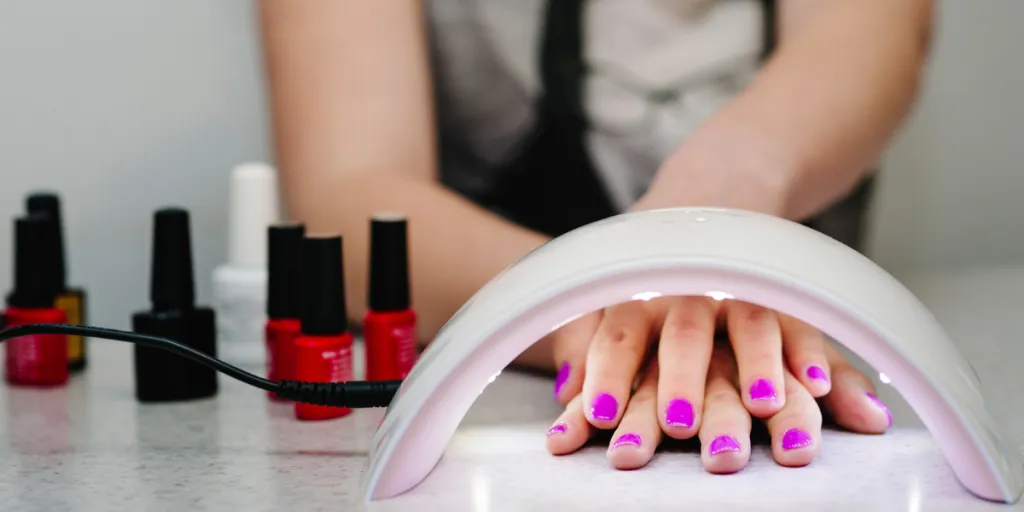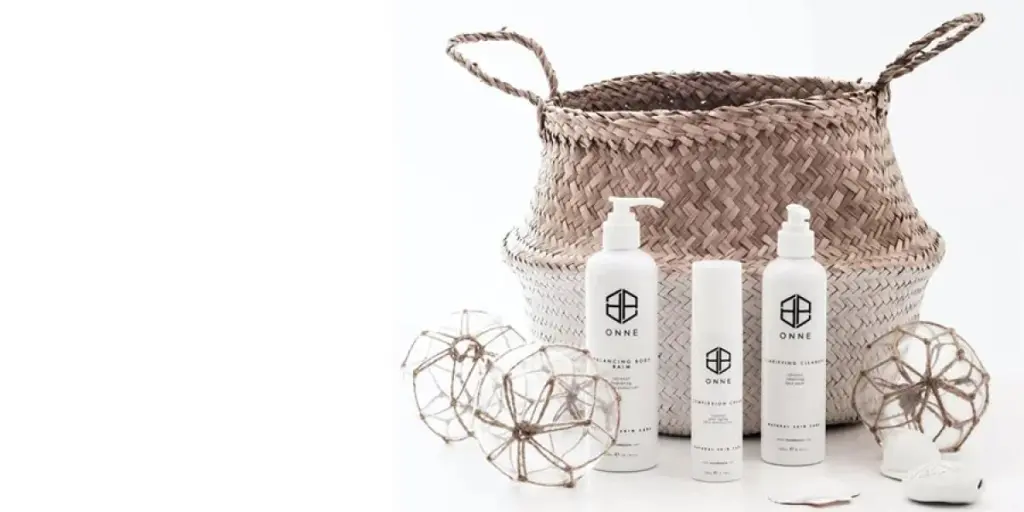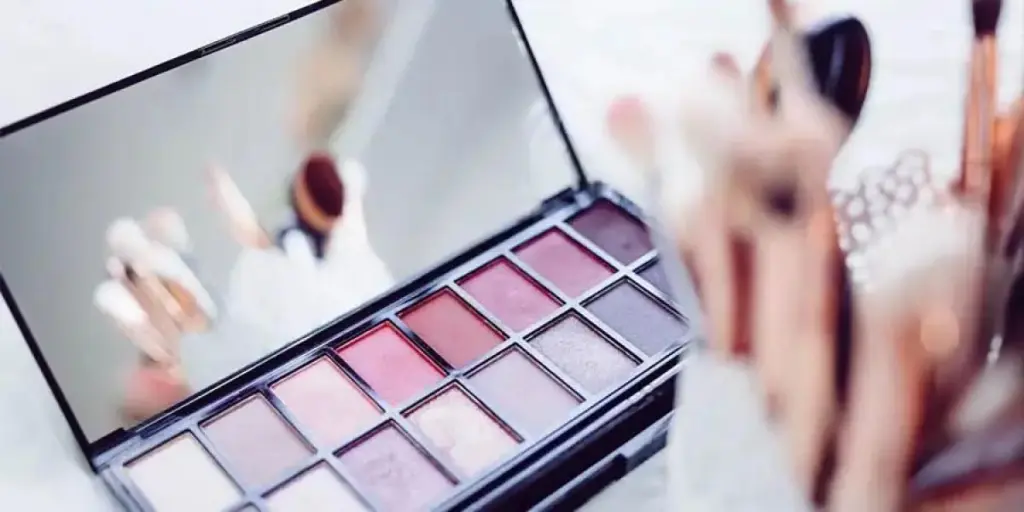Manicures and artificial nails enjoy widespread popularity among female consumers for their fashion appeal and the added confidence boost that they can provide. But while many women like doing their nails, it’s often not easy to maintain them. That’s why they turn to nail lamps, which can help provide long-lasting and chip-resistant nails, making them an irreplaceable tool in the arsenal of at-home or in-salon manicures.
The market is largely divided into two types of nail lamps: UV or LED. This article will delve into the pros and cons of each to determine which makes the better investment in 2023.
Table of Contents
Nail lamp market overview in 2023
UV vs. LED nail lamps: What are the differences?
Other factors to consider
So, which is the better investment?
Conclusion
Nail lamp market overview in 2023
In 2022, the nail lamp global market was estimated to be worth US $46.4 billion, and at its current rate, estimates predict that the market will grow by US $66.1 billion by 2031. Nail lamps are popular for their ability to maintain nails, as well as their accessibility, making them a high-demand commodity in the beauty industry.
Social media trends also significantly influence the market’s growth, with DIY videos and posts highlighting their beautifully neat manicures further increasing their desire for manicure tools.
UV vs. LED nail lamps: What are the differences?
UV and LED nail lamps are used to dry and cure gel nail polish. Interestingly, both types use UV light to work, so it may initially seem that there’s not much difference between them.
However, that’s not the case. Each different functionalities that make one preferable depending on the task at hand. These include:
UV wavelengths
As mentioned previously, UV and LED lamps both use UV to set artificial nails. They do so by initiating a polymerization chemical process, transforming liquid gel into something durable and solid.
However, depending on which type of lamp you use, that’s where the similarities end.. For example, UV nail lamps emit a stronger and broader wavelength spectrum, while LED variants generate narrower, more targeted wavelengths. Consequently, the LED lamp’s narrower wavelengths tend to provide better curing than their UV counterparts.
Curing duration
Curing duration is another significant factor that differentiates UV and LED nail lamps, with the latter generally working quicker than the former. However, actual curing duration will largely depend on the lamp model.
LED nail lamps tend to work faster because they use a narrow light spectrum, curing nails in 30-60 seconds. On the other hand, the UV nail lamp’s broader range makes for a curing process of 2-3 minutes, approximately.
Lifespan
Both UV and LED nail lamps require bulbs to emit their wavelengths, and each offers a different bulb lifespan.
Usually, UV lamp bulbs can generate 1,000 hours of light, needing to be replaced every three months.
Contrarily, LED nail lamp lights tend to live longer, with their bulbs lasting up to 50,000 hours. To put this into perspective, if consumers use the lamp for 12 hours a day, they wouldn’t need to replace the bulb for 11 years.
Wattage
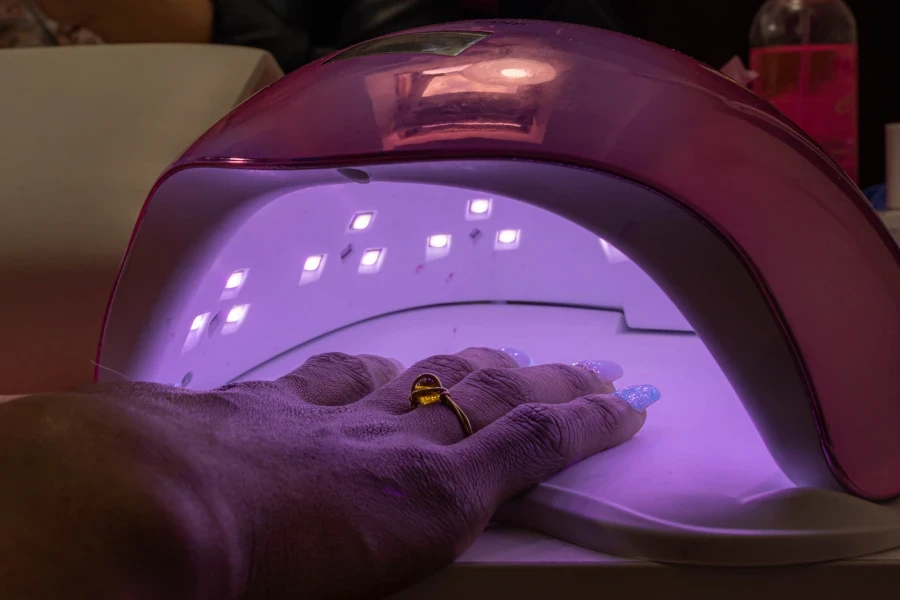
Both UV and LED nail lamps require specific wattage to perform properly. Specialists indicate that any lamp using lower than 10 watts won’t perform well. So, what’s the ideal wattage for each lamp?
Many UV lamps come with adjustable wattage levels, allowing umers to choose anywhere from 36-72 watts. Most LED nail lamps offer something similar, but can be adjusted between 24-48 watts since they require less wattage.
Regardless of the wattage settings, UV nail lamps will always take longer to cure, while high-wattage LED variants can make the process faster.
Safety
UV and LED nail lamps use wavelengths that mimic the sun’s rays, meaning that most dermatologists advise against prolonged exposure.
However, the FDA sets nail lamps as low-risk devices, meaning there’s a very low chance of them being as harmful as the sun. However, if consumers are still concerned about safety, they may want to choose LED nail lamps over their UV counterparts.
Other factors to considerPolish types
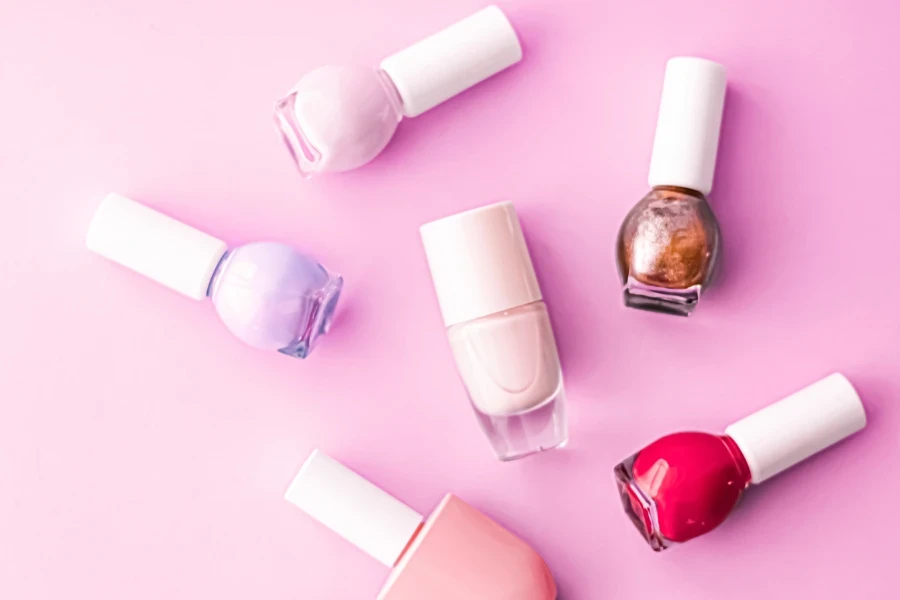
The nail polish consumers use will mostly determine the kind of nail lamp that they’ll buy. That’s because nail lamps only work on gel nail polish – using them for other types of polish won’t produce the desired results.
But it gets even more specific. LED nail lamps will only cure specific gel polishes, which are produced specifically to have high compatibility with LED lights.
Meanwhile, UV nail lamps are compatible with a wider range of gel polish, including LED-specific varieties. For this reason, they give consumers more flexibility in choosing what type of nail polish they wish to use.
Weight and size
Usually, UV and LED nail lamps are light enough for beauticians to carry between jobs. However, LED nail lamps are often lighter than their UV counterparts.
LED nail lamps also come in smaller designs, making them even more lightweight. While UV lamps tend to be slightly larger and heavier, the difference is quite negligible.
Cost

LED lamps are more expensive than UV lamps upfront, but they can help save costs in the long run in that LED nail lamps have longer bulb lifespans and consume less energy.
Although UV lamps are more affordable, they’ll cost more to maintain given that the bulbs need more frequent replacements.
However, increased demand for LED nail lamps and improved technology has meant that they’ve become gradually more affordable.
Power usage
A nail lamp’s power consumption depends on its wattage rating. Higher wattages may result in faster curing but they also increase energy consumption. Nevertheless, UV nail lamps, with their higher wattage ratings, consume more power than LED lamps overall.
So, which is the better investment?
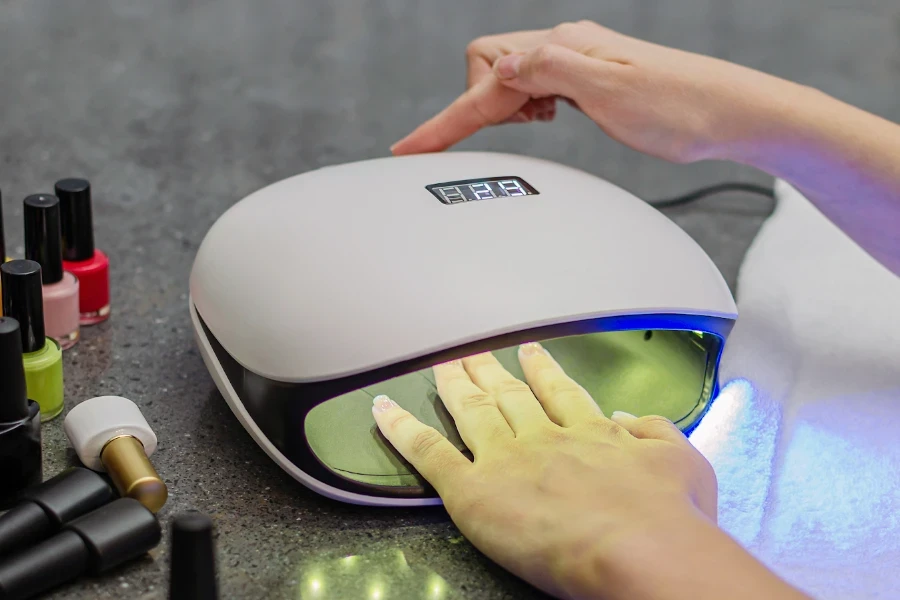
UV and LED nail lamps achieve the same purpose, so choosing the best lamp for you will depend on the outlet and their consumer base while also taking into consideration the factors highlighted above.
Mobile nail technicians who travel frequently may gravitate toward LED nail lamps given that they’re compact and lighter. Usually, portability and longevity are a significant determining factor among these consumers.
However, businesses targeting bigger nail salons will see UV lamps as a better investment as these often attend to multiple customers daily, thus requiring the speed and flexibility with nail polishes that UV nail lamps provide.
Conclusion
UV nail lamps and LED nail lamps play a salient part in the ever-growing nail and beauty industry, and given that gel nail polishes are not going out of style soon, UV and LED nail lamps are here for the foreseeable future.
Therefore, now is a great time to research the nail lamp market, and both lamps make a worthy investment. The key is to know which variety resonates best with their target audience, allowing them to tailor their offerings for more sales in 2023.
If you’re looking for inspiration or thousands of options just like the ones above, visit www.Alibaba.com today.
